SHRUBS > CAMELLIA > miscellanea > COMMON
IN THIS GUIDE
CAMELLIA template

Container GrowingDeadheadingFeedingProblems – Buds Falling Off – Brown LeavesPruningSoil RequirementsSowingVarieties – Common Camellia – Red VarietiesWinter Care
Camelliajaponicais a pop species of shrub with a cooking stove of interesting cultivars to choose from .
see more about it , how to choose a variety and how to mature and care for it in this pathfinder .
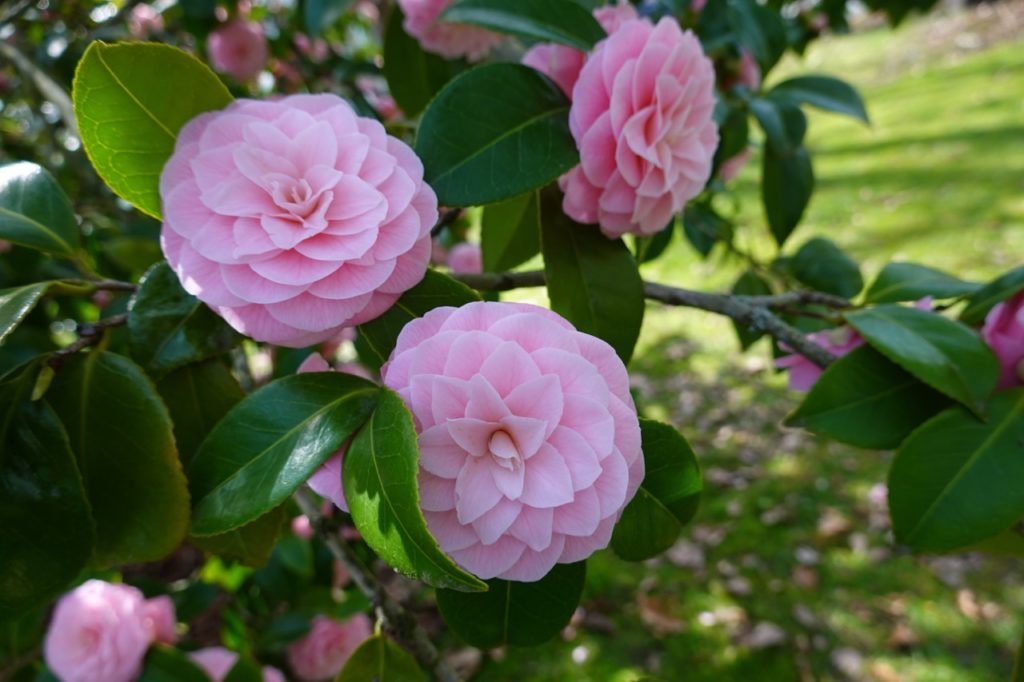
C. japonica
These plant are beloved by gardeners , who prize their glossy evergreen plant leafage and their spring flower .
“ I love fragrant plants that pull wildlife because I am very much a nature - friendly gardener , ” shares Sue Fisher , an award - winning garden designer .
“ I have a Camellia shrub that is terrific for pollinator and I love it . ”
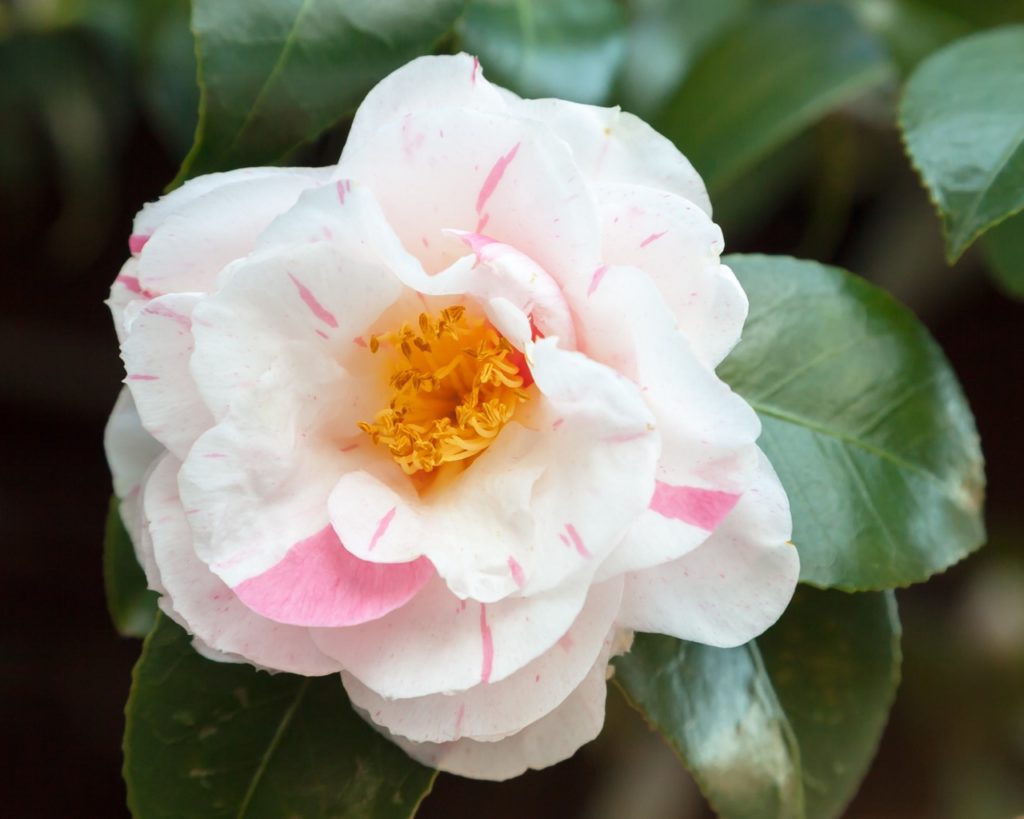
C. japonica‘Tricolor’
Overview
PreferredFull to Part Shade
ExposureSheltered
Height8 – 12 MB
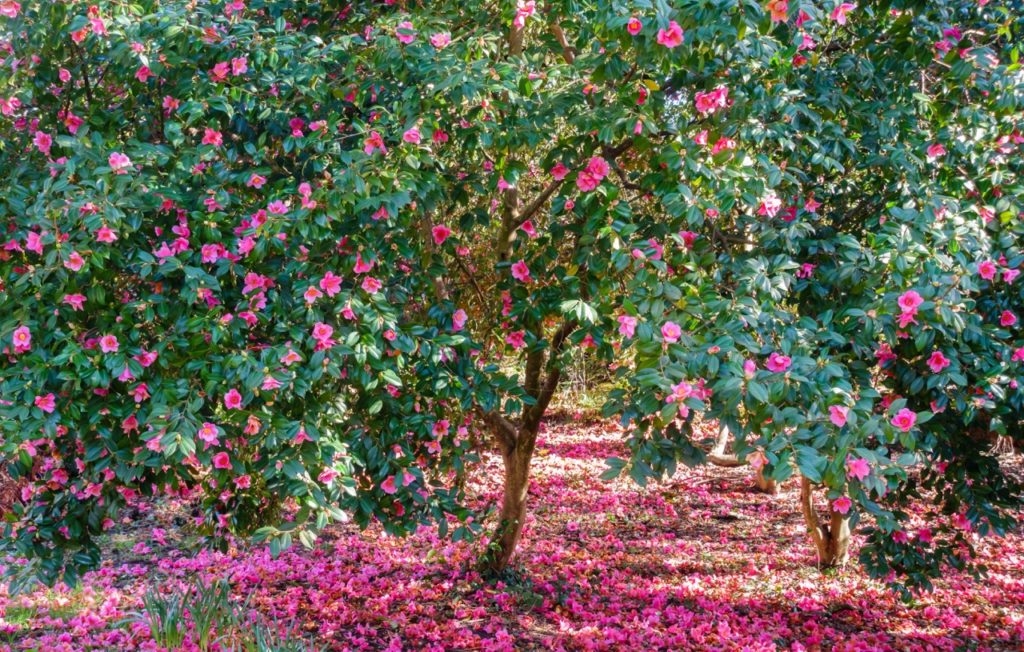
Spread4 – 8 M
Bloom TimeSpring
PreferredClay , loam or grit
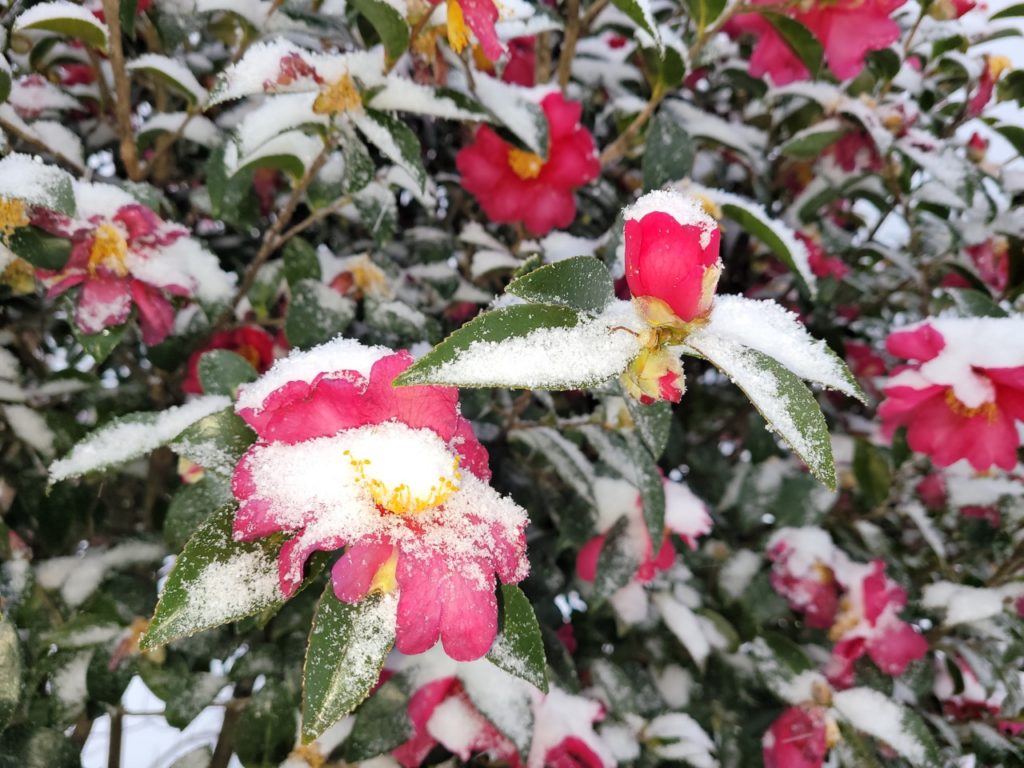
MoistureMoist but well - drain
pHAcidic to impersonal
Common camellia , also known as ‘ Japanese Camellia ’ , is a mintage of blossom bush in the Theaceae plant family .
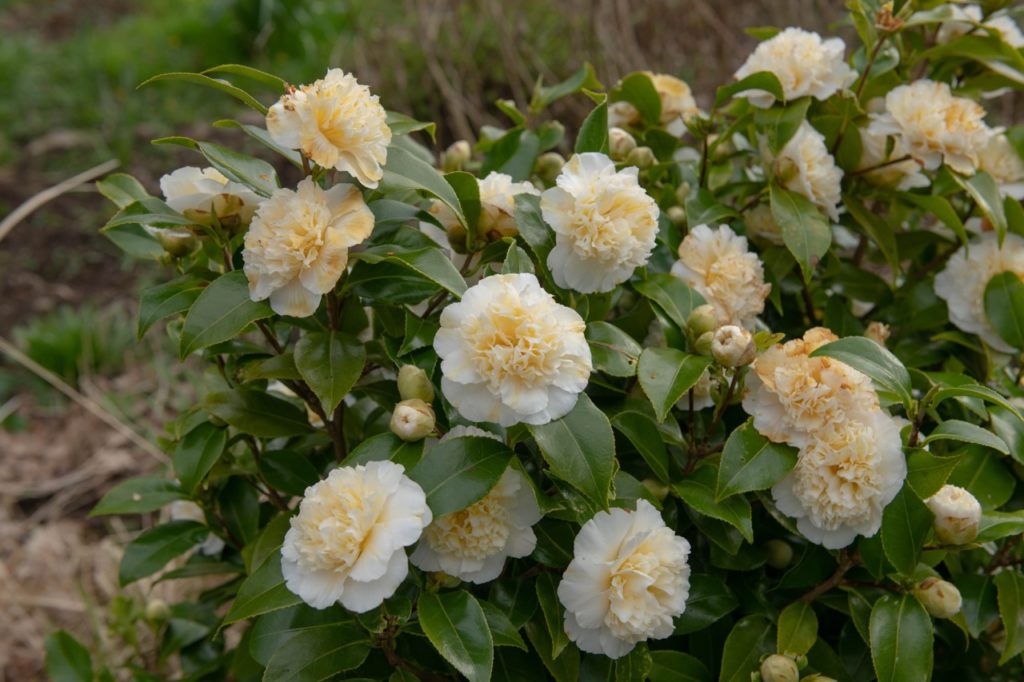
It is native to China , southern Korea and Japan , where it is know to grow in the wild in forests , specifically at ALT between around 300 - 1100m.1Camellia japonica . ( n.d.-b ) . NBN Atlas . recover March 13 , 2023 , fromhttps://species.nbnatlas.org/species/NBNSYS0500000250
Although they are ordinarily see as smaller bush in garden , in the wilderness they can develop into much larger shrubs or tree .
“ Camellias have such lovely flowers and colouring material , and they clear up the ho-hum days in the early part of the year , ” says Lorraine Summers , Owner of Trehane Camellia and Blueberry Nursery .
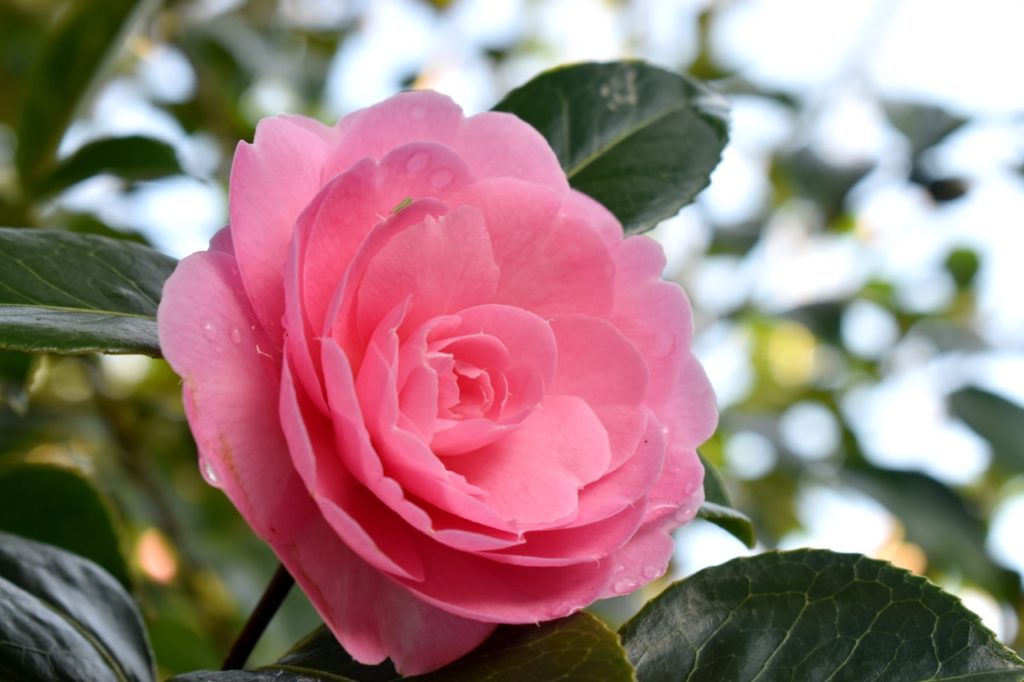
The oldestC.japonicasin Europe are believed to have been planted in the sixteenth one C after already being cultivated in Asia for one C of yr before.2Ancient camellias in Galicia and Portugal . ( n.d . ) . International Camellia Society . find March 13 , 2023 , fromhttps://internationalcamellia.org/en-us/articles/historical/ancient-camellias-in-galicia-and-portugal
Common Varieties
“ I always look for an RHS Award of Garden Merit if I have a selection to make between plants , ” says Colin Skelly , a Horticulturist who has previous experience at The Eden Project .
“ It mean that it has been trialled and found to do reliably in garden .
“ These plants can be considered sample and quiz and a good bet if you ’re making a planting decisiveness . ”
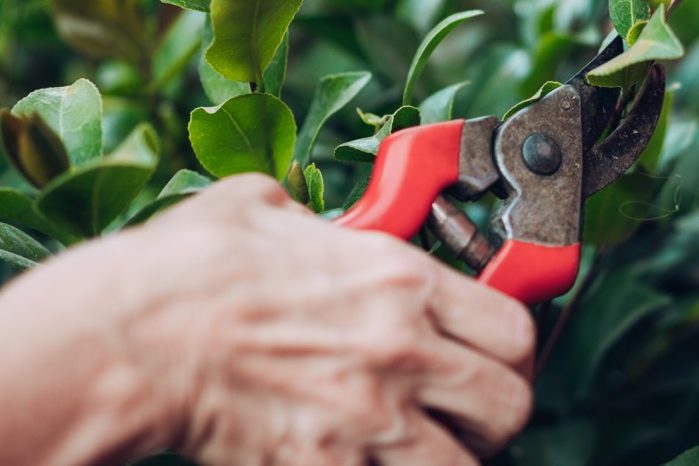
Some of the famed cultivar ofCamelliajaponicathat you’re able to choose from that have received the RHS Award of Garden Merit are :
Each of these would make an fantabulous starting point for growing in the UK ’s climate.3AGM Plants July 2021 . ( n.d . ) . Royal Horticultural Society . regain March 13 , 2023 , fromhttps://www.rhs.org.uk/plants/pdfs/agm-lists/agm-ornamentals.pdf
There are also legion hybrid , such asC.japonicaxwilliamsii , which have received an RHS Award of Garden Merit .
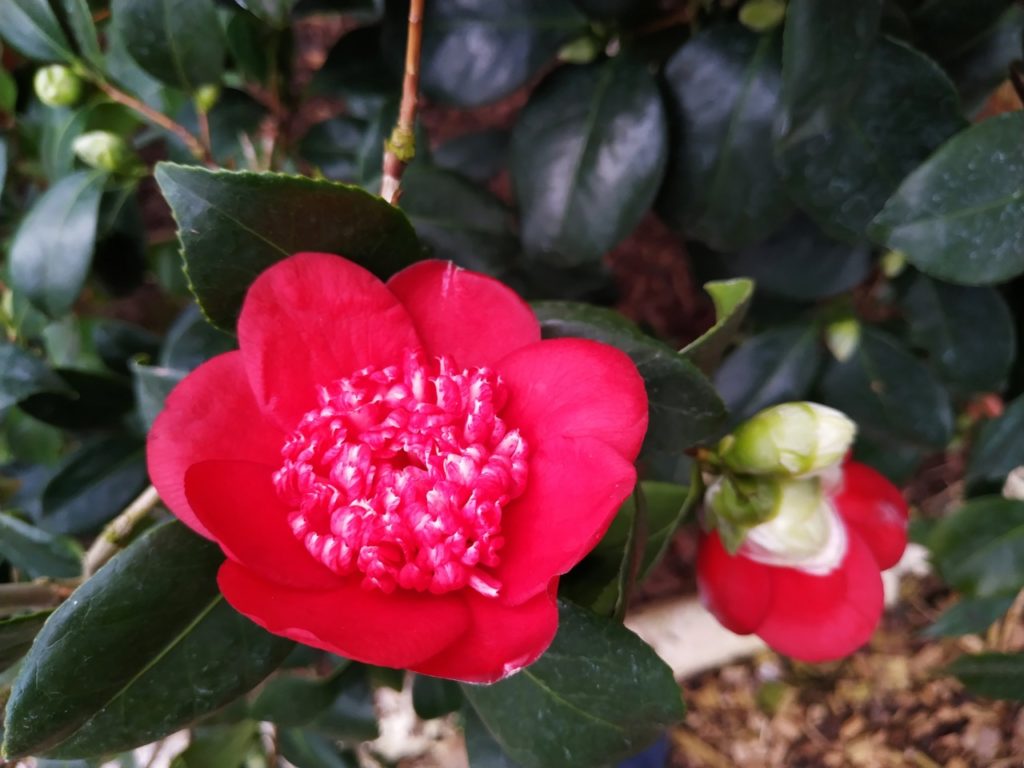
Planting
Nipponese camellias are best planted out in the fall , while the soil is still strong , so that they can set up warm root systems before the wintertime get .
Most cultivars ofC.japonicawill do best if plant in an area with partial or dappled nicety .
commend that these are relatively large shrubs , so you should give up at least 3 - 5 m between these shrubs if you are embed more than one .

C. japonicawill process well in a low - maintenance garden as long as the environmental and grease conditions are appropriate .
They will look greatamong other Asiatic species in a Japanese - style garden .
They will also be at home in a traditional cottage garden , or in beds or borders in gardens of many other types .
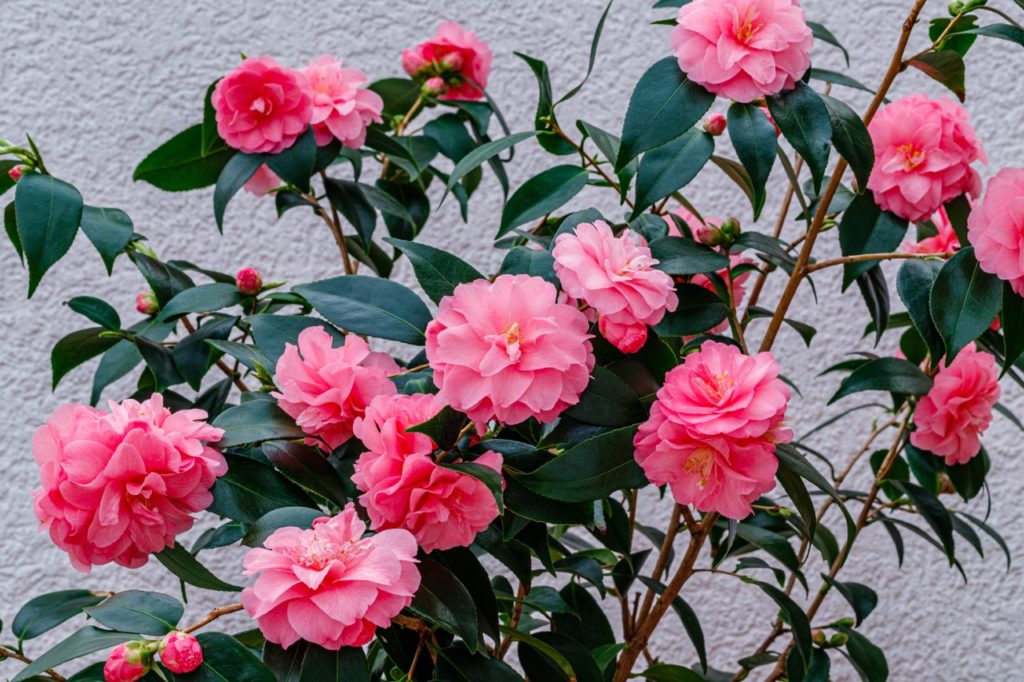
C. japonicascan also work well in city and court gardens , and some cultivars are suitable for container cultivation .
Sometimes , it is even grow as a houseplant indoors .
Camellia JaponicaCare
Common Camellia are hardy plants , with an RHS hardiness paygrade of H5 .
This means that they are brave enough to make it through the coldest calendar month in most places throughout the UK , even during severe winters .
However , they should be place in a sheltered spot , as they can be damaged by inhuman and dry out winds .
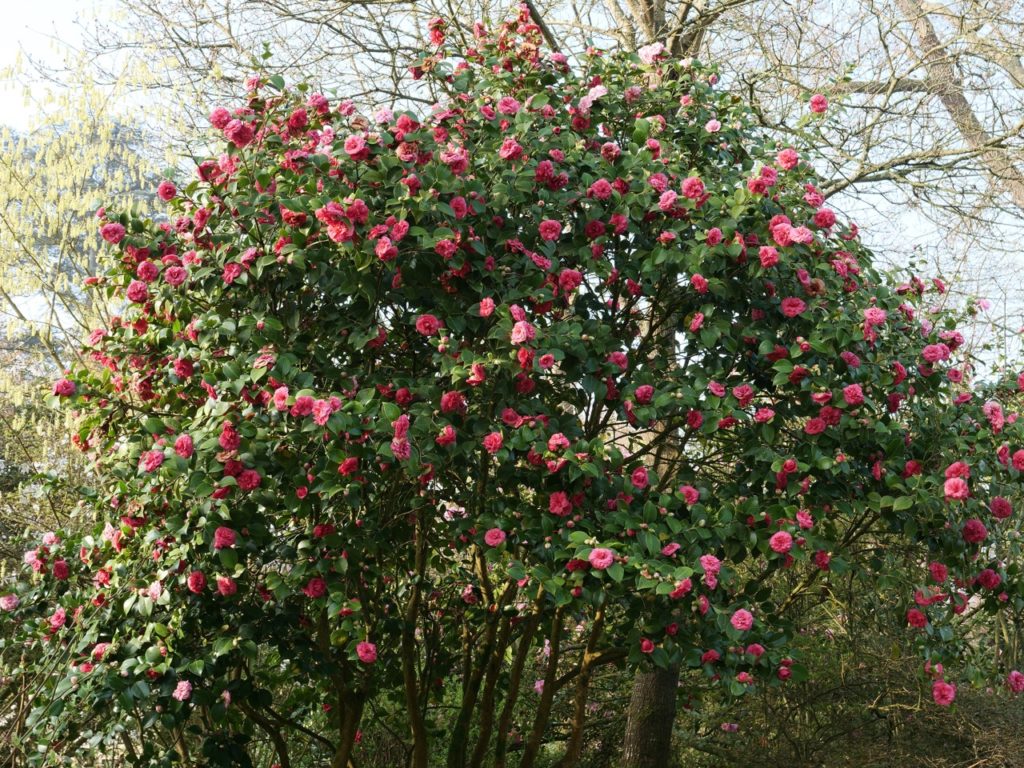
Buds and bloom may also be damaged by chilly temperatures and tardy frosts .
SinceC. japonicalikes some shade , a south - facing spot may not be ideal .
However , Union , west and east - facing aspects can often go fine .
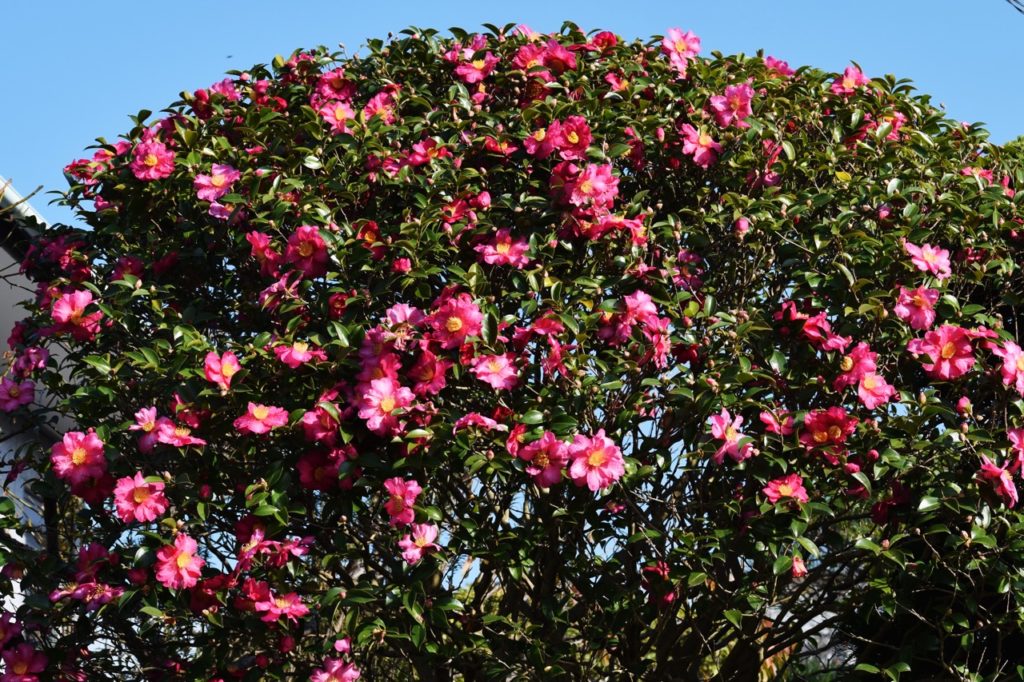
One matter to note is that an east - facing spot where a camellia gets early good morning sun is not ideal , because , in wintertime , this can cause the peak buds to dry out out and warming too quickly , increasing the prospect of damage .
One of the most important thing to remember when decide where to growC. japonicasis that these are ericaceous plants and will do advantageously in acidic soil .
If you have alkaline stain then it would be best to grow your camellias in containers fill with ericaceous peat - detached compost or to choose plants well suited to the grow consideration that you may furnish .
The soil or growing medium should be moist but well - drained or well - drained .
Camellia japonicasshould be watered on a regular basis until they become establish .
“ Camellias should be kept well - water in August and September , as this can assist to prevent bud bead in the spring , ” Patricia explicate .
So , for the first year and a half or so , water on a regular basis through the summer months , providing more water if the plants are develop in container .
calculate to keep the soil consistently moist at around 10 cm below the control surface .
If in doubt , stab with a trowel to verify if the dirt is dry at this astuteness .
When irrigate your garden , it is always dear to use rainwater rather than rap piss .
If you have not already determine up a rainwater harvest system , make it a priority to do so correctly off .
Watering with rainwater is peculiarly of import for camelia and other ericaceous plant if you live on in a operose water area .
you could deadheadC. japonicawhen the flowers begin to pass to keep it looking invigorated .
However , this is not rigorously necessary , as it is only for aesthetic reasons and will not have any impact on flower the following year .
Regular pruning is not needed forC.japonica , but if they grow larger than you need them to produce , you could give them a light trim after flowering has ended .
If you wish to cut back firmly to reduce the size of the bush , this is best done in March , but take down that heavy pruning will imply that you will not have good flowering again for at least a couple of year .
It can be beneficial to mulch around camellia plants with an ericaceous mulch each year in former outpouring .
This will help retain moisture and will also allow slow - release fertility .
You may also boost a works that looks undernourished by feeding it with an organic fertiliser suitable for ericaceous plant in other natural spring .
Be deliberate not to feed excessively and always break off prey by the conclusion of July at the latest .
If you overdo the fertilizer or provender too lately , this can lead to bud drop .
C. japonicacan be a good choice for container growing .
Just remember that weed should be fill with an ericaceous medium that has a pH of between 5 - 6.5 .
verify that you choose a container a picayune big than the existing root system of the plant .
Many of the common problems escort inC. japonicaplants stem from a trouble with environmental conditions or care .
As long as you take note of all the above , place them in a suitable location and care for them aright , they should be a relatively trouble - free plant .
However , there are some problems that may arise , include :
Great companions for camellias are otherplants which thrive in acidulous soil conditionsand in fond shade .
In our interview , Patricia Short from the International Camellia Society suggested these companions forC. japonica :
I believe that some other great option are :
C. japonicacan be disperse by mean of semi - ripe or hardwood cuttings , layer or graft .
FAQs
C. japonicawill grow into large shrubs and can at long last be up to 10 m magniloquent and 8 m wide .
However , often they will remain somewhat smaller and growth can be curb a little through light pruning if required .
Fortunately , they are also passably slow maturation .
If growing in pots , repotting will unremarkably only be required every few years .
In dappled or partial tincture , in acidic soil , with a west - facing look .
C. japonicacan potentially be used to make a hedging in suitably shaded sot with acidic ground , but you will have to be very patient and dedicated since they uprise slowly , and maintenance will take a mint of work .
A unlike Camellia , C. sasanqua , is more usually used to make hedges .
This other plant has smaller leafage and a tighter substance abuse of growth .